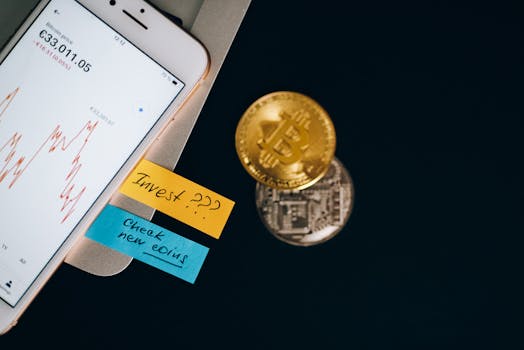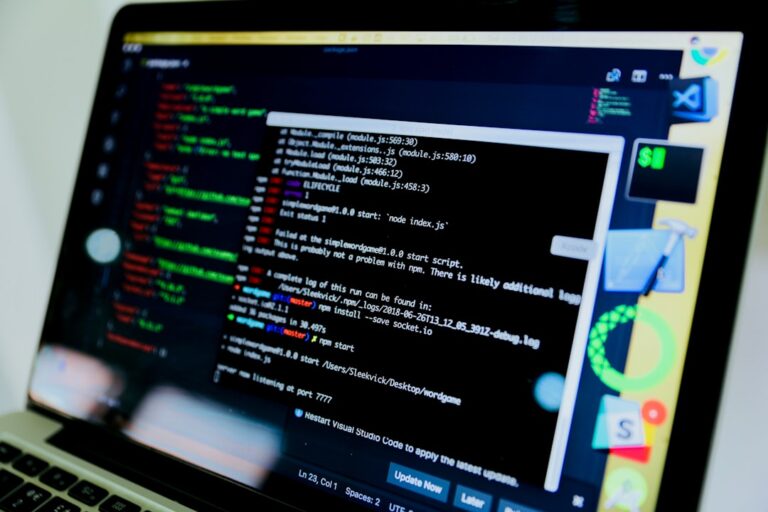Imagine this: you’re watching the news, and a headline screams about Bitcoin’s latest surge. Then, a few days later, it’s plummeting. Sound familiar? For anyone dabbling in the crypto world, the bitcoin price is more than just a number; it’s a constant source of intrigue, frustration, and sometimes, elation. But what truly drives these dramatic shifts? It’s not simply random chaos, though it can certainly feel that way. Understanding the underlying forces is your first, and perhaps most crucial, step to navigating this dynamic market.
This isn’t about predicting the future with crystal-ball accuracy. Instead, we’re going to equip you with the practical knowledge to decipher what’s happening with the bitcoin price and how you can approach it with a clearer head, armed with strategy rather than just hope.
The Supply & Demand Engine: More Than Just Buzzwords
At its core, like any asset, Bitcoin’s value is dictated by supply and demand. However, Bitcoin’s supply is unique. There will only ever be 21 million Bitcoins mined, a predetermined scarcity that contrasts sharply with traditional currencies which can be printed at will. This fixed supply creates inherent deflationary pressure.
When demand for Bitcoin increases – perhaps due to growing institutional adoption, positive regulatory news, or simply widespread public interest – and the supply remains constant or slowly growing, the price naturally tends to climb. Conversely, a decrease in demand, coupled with the existing supply, will push prices down. It’s a fundamental economic principle, but with a digital twist that adds layers of complexity.
What Really Moves the Market? Beyond the Charts
While charts and technical analysis have their place, focusing solely on them can be like trying to steer a ship by only looking at the compass. We need to consider the broader currents.
#### News Cycles and Sentiment: The Digital Echo Chamber
The crypto space is highly susceptible to sentiment. A single tweet from a prominent figure, a major company announcing Bitcoin adoption, or even a rumor can send ripples through the market. Positive news breeds optimism and often leads to buying pressure, pushing the bitcoin price upwards.
Positive Catalysts: Elon Musk’s tweets, PayPal integrating Bitcoin, or a country adopting it as legal tender.
Negative Catalysts: Regulatory crackdowns, major exchange hacks, or influential figures expressing skepticism.
In my experience, the speed at which news travels and influences the market in crypto is unlike anything in traditional finance. It’s crucial to cultivate a healthy skepticism and not react impulsively to every headline.
#### Macroeconomic Winds: How Global Events Impact Bitcoin
It might seem counterintuitive, but global economic conditions significantly influence Bitcoin’s price. During times of economic uncertainty, inflation, or geopolitical instability, some investors turn to Bitcoin as a potential hedge or a store of value, similar to gold.
Inflation Concerns: When fiat currencies lose purchasing power, Bitcoin, with its finite supply, can appear attractive.
Interest Rate Hikes: Conversely, rising interest rates in traditional markets can draw capital away from riskier assets like Bitcoin, potentially leading to price drops.
Understanding these broader economic trends provides a vital context for Bitcoin’s movements, helping you avoid misinterpreting short-term fluctuations as permanent shifts.
Navigating the Volatility: Actionable Strategies for Investors
The inherent volatility of Bitcoin can be daunting, but it also presents opportunities for those who approach it strategically. Here’s how you can think about it:
#### Dollar-Cost Averaging (DCA): Taming the Price Peaks and Dips
One of the most effective strategies for mitigating risk in volatile assets is Dollar-Cost Averaging. Instead of investing a lump sum at once, you invest a fixed amount of money at regular intervals, regardless of the price.
How it Works: Buy $100 worth of Bitcoin every week, for example.
Benefits: When prices are low, you buy more Bitcoin. When prices are high, you buy less. This averages out your purchase price over time, reducing the impact of short-term price swings. It also removes the emotional pressure of trying to “time the market.”
This is a practical approach for long-term holders who believe in Bitcoin’s future potential but want to avoid the stress of trying to perfectly time their entry points.
#### Diversification: Don’t Put All Your Eggs in One Digital Basket
While Bitcoin is the dominant cryptocurrency, it’s not the only one. Diversifying your crypto portfolio across different assets can help spread risk. However, it’s important to remember that the broader crypto market often moves in correlation with Bitcoin.
Beyond Bitcoin: Consider established altcoins with strong use cases and development teams.
Risk Assessment: Always research any asset thoroughly before investing. Understand its underlying technology, team, and market potential.
Diversification isn’t about chasing every new coin; it’s about building a robust portfolio with assets that have genuine long-term prospects.
The Future of Bitcoin Price: What to Watch For
Predicting the exact bitcoin price in the future is a fool’s errand. However, we can anticipate the trends and factors that will continue to shape its trajectory.
Regulatory Clarity: As governments worldwide grapple with how to regulate cryptocurrencies, clearer frameworks could bring more institutional investment and stability. Conversely, harsh regulations could dampen enthusiasm.
Technological Advancements: Ongoing developments in the Bitcoin network and the broader blockchain ecosystem could unlock new use cases and increase adoption.
* Adoption Rates: The more individuals and institutions use Bitcoin for transactions, investments, or as a store of value, the stronger its network effect becomes.
Wrapping Up: Your Informed Approach to Bitcoin
The bitcoin price is a complex interplay of technological scarcity, market sentiment, global economics, and evolving adoption. Instead of getting swept away by the daily fluctuations, focus on understanding these underlying drivers. By employing strategies like Dollar-Cost Averaging, conducting thorough research, and maintaining a long-term perspective, you can move from being a passive observer to an active, informed participant in the exciting world of Bitcoin. The key is to stay grounded, learn continuously, and make decisions based on strategy, not just speculation.












+ There are no comments
Add yours